Our 50-plus fitness expert reveals why you should never neglect pelvic floor training - and three easy exercises to try now
Pelvic floor training – that’s something we only do after childbirth, isn’t it? Our expert Annie Deadman blows away that myth, explaining it’s for so much more than that
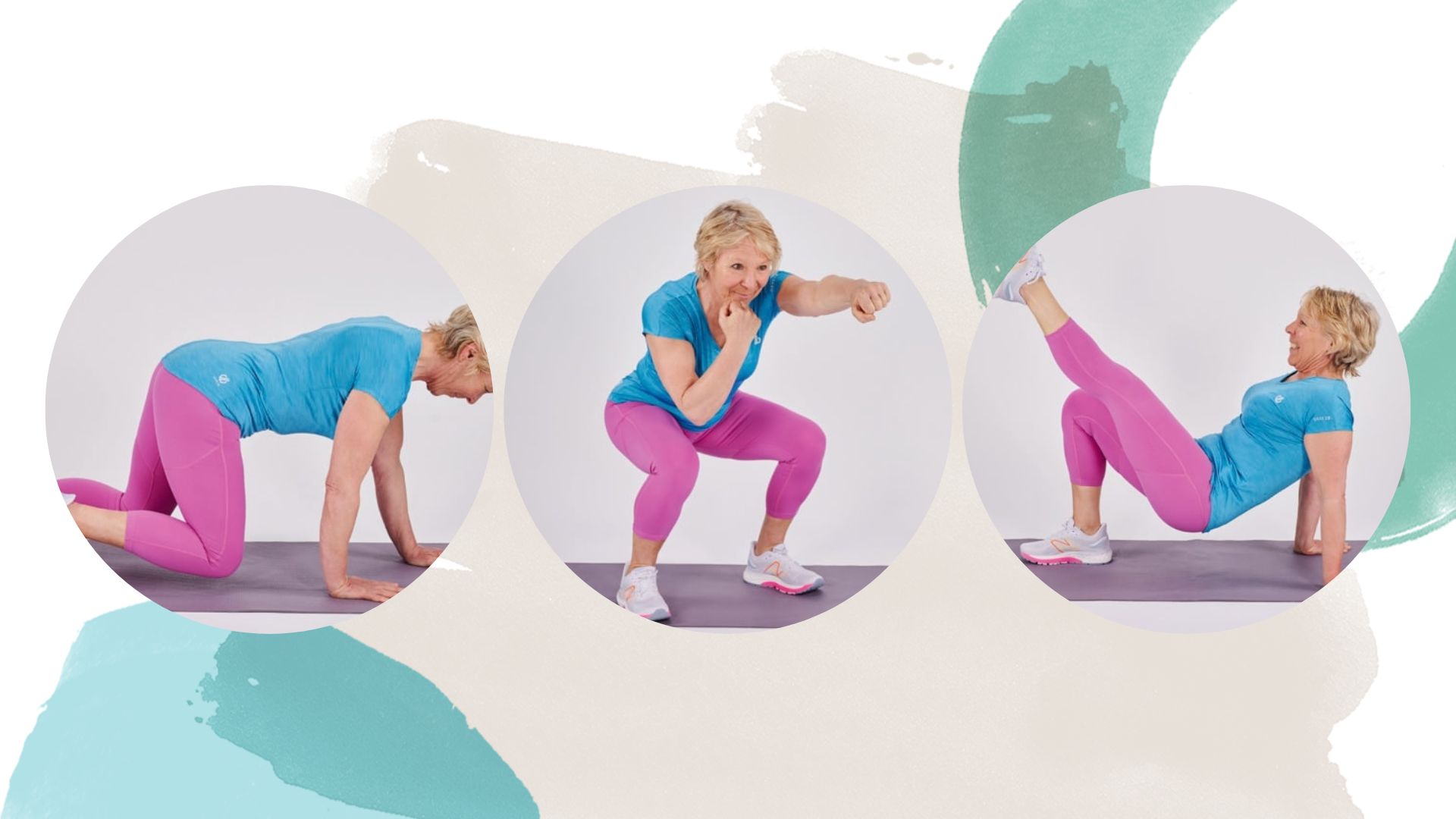
Most of us know pelvic floor training is essential after childbirth, but you wouldn’t be alone if you hadn’t spared it much of a thought since. But, let’s fast forward to right now. How will strengthening it benefit us? Annie Deadman explains.
First, a recap. During the perimenopause, our oestrogen levels decline. The resulting symptoms of this include loss of muscle and reduced bone strength, which is one of the reasons why a regular routine of strength (resistance) training is vital to keep bones strong and preserve muscle mass. While it's worth investing in one of the best pelvic floor trainers, it's not essential to see results, and a little bit of regular training can go a long way.
The pelvic floor is just another of our muscles, which will weaken if we don’t show it love. Like our core might, which if ignored may develop into lower back pain. Or our quads – all those squats, lunges and leg extensions massively help support our knees. Find out why keeping your pelvic floor muscles in check is important - and some easy exercises to try at home.
First up, what is your pelvic floor?
The pelvic floor is a sling of muscle and connective tissue that runs from your pubic bone at the front to the coccyx (tailbone) at the back. Its job is to:
- Support the pelvic organs (bladder, bowel and uterus).
- Help the body absorb outside pressure from lifting heavy objects, coughing, sneezing or jumping.
- Control the release of urine, poo and wind.
- Help us improve our sex life.
I know that last one might be way down your priority list, but who doesn't want to know how to have better sex? Research has also shown that women with stronger pelvic floor muscles have more desire. And that’s a good first step towards increased fulfilment! Pelvic-floor muscles that aren’t working well may mean you have pelvic-floor dysfunction (PFD). This can manifest itself through persistent urinary or bowel incontinence (and not only when you’re doing star jumps in your HIIT class), a pelvic organ prolapse, pelvic pain or even painful sex.
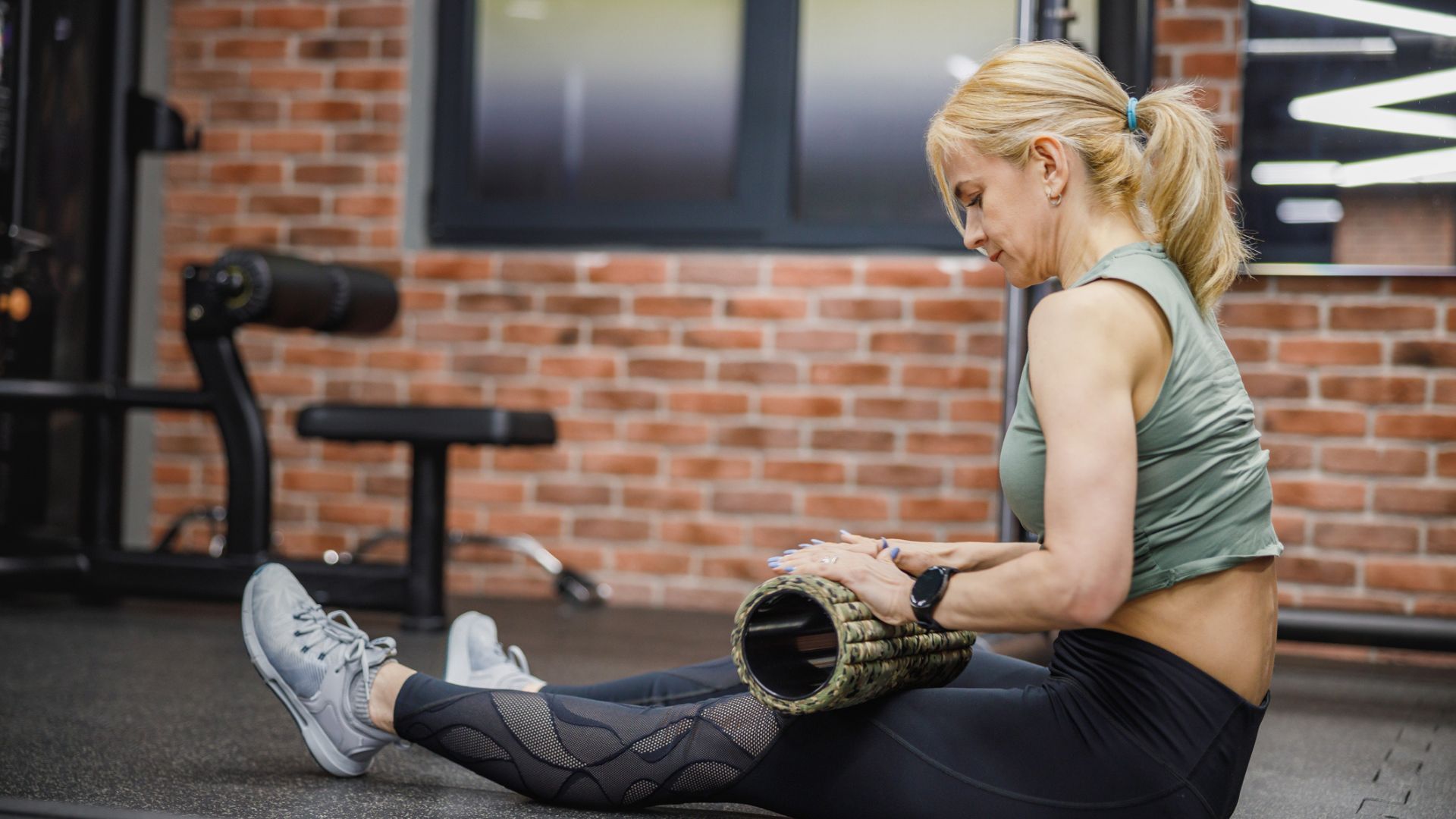
So, how do we train our pelvic floor muscles?
Is it simply about holding in our wee? That helps us locate the pelvic-floor muscle but to make it stronger, first imagine you’re trying to hold in a fart. Then you’ll feel the ‘pulling up’ sensation semicircling round to the front, at your vagina. Hold that for a few seconds (keep breathing!) then let go. Repeat 10 times, working up to holding each squeeze for 10 seconds at a time. Then, add to that one dose of 10 shorter, quicker squeezes, making sure you fully relax in between, so that each squeeze gets the benefit of a full contraction. Many of the best kegel exercises can be done on the go, so they're super easy to incorporate into your routine.
Do it sitting at your desk, at the traffic lights or even when cleaning your teeth. Download the NHS-recommended Squeezy app (£2.99, IOS and Android, squeezyapp.com) for specific regimes and reminders. If you have what you think may be serious PFD symptoms, don’t for one minute think you can’t bother the GP with it.
Sign up for the woman&home newsletter
Sign up to our free daily email for the latest royal and entertainment news, interesting opinion, expert advice on styling and beauty trends, and no-nonsense guides to the health and wellness questions you want answered.
Women are often, sadly, good at caring for others but neglect their own concerns. The menopause, with its issues of self-esteem and lack of confidence, doesn’t help, so do visit your doctor or a pelvic health specialist.
Pelvic floor exercises to try today
There’s nothing like raising the heart rate to lift your spirits. These core exercises to try at home use multiple muscles to fire you up, ready for the day ahead.
1. Get on all fours
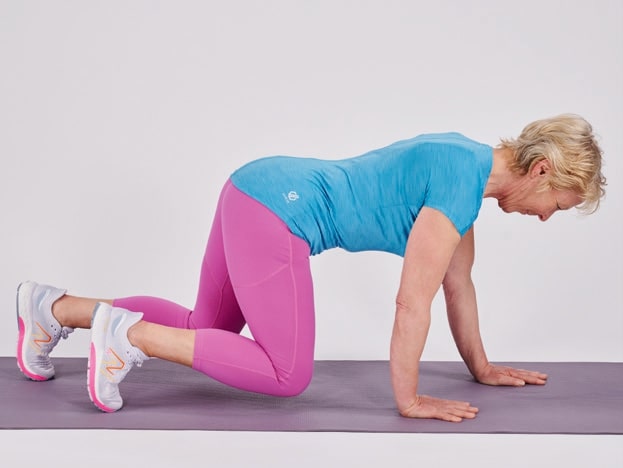
On all fours, raise knees 1cm off floor. ‘Crawl’ forward by moving left hand and right foot together, then right hand and left foot, and so on. Do 6 steps forward and 6 steps back. Rest knees on floor if need be. Repeat 4 times in total.
2. Squat
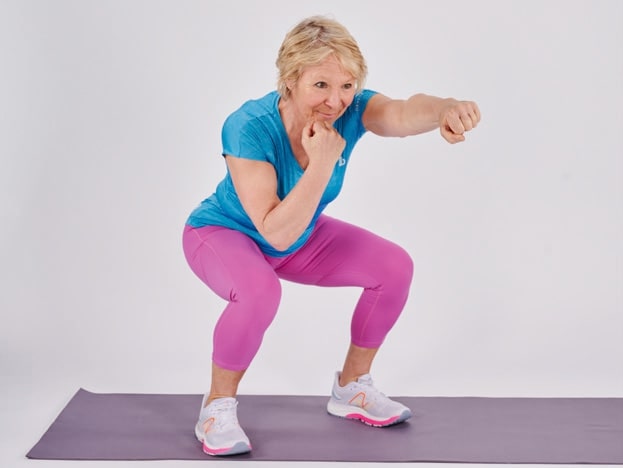
Get into a squat position and sit into your heels bracing core and glutes. Bring hands to face, then lash out with 10 quick, powerful punches. Stand up, then repeat 5 more times. You’ll feel epic!
3. Finish with leg kicks
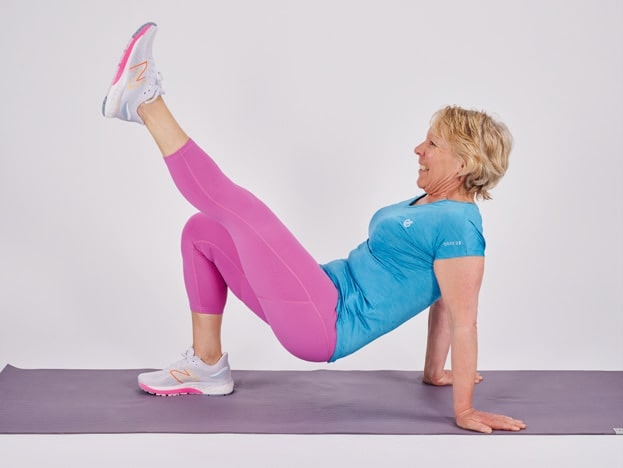
Sit with knees bent, feet together, and place hands behind you with fingers facing backward. Lift hips off mat and kick right leg up, then quickly kick left leg up, keeping hips off floor. Do 10 reps, then rest. Repeat 5 times in total.
It's easy to train your pelvic floor muscles, as many of the best exercises take a matter of minutes and can be done on the go. It's also important to take heed of exercises that could potentially hurt this area, if overdone - as our writer found out when she investigated the link between cycling and pelvic floor health.
Annie Deadman is woman&home’s resident fitness guru, and founder of the Blast Plan—a 21-day fitness and nutrition program to aid weight loss and boost overall health. Annie has collaborated with w&h on a series of at-home video workouts, as well as writing regular columns on how to make healthier lifestyle choices. Annie brings a warm and relatable approach to working out, making getting in shape less of a chore. Her great loves are walking, cycling and gin.
- Anna PaulFreelance editor and writer
-
 Who says knee highs aren't for spring? Sienna Miller's trending tan boots rework everything you thought you knew about this season's footwear
Who says knee highs aren't for spring? Sienna Miller's trending tan boots rework everything you thought you knew about this season's footwearSienna Miller has shown that you can still get plenty of wear out of knee high boots this season styled in a different way.
By Emma Shacklock
-
 Confirmed: Sofia Vergara relies on this 'amazing' shampoo brand to keep her strands in tip-top condition
Confirmed: Sofia Vergara relies on this 'amazing' shampoo brand to keep her strands in tip-top conditionWave goodbye to damage and quickly fading colour, this lineup of shampoos is A-list approved
By Sennen Prickett